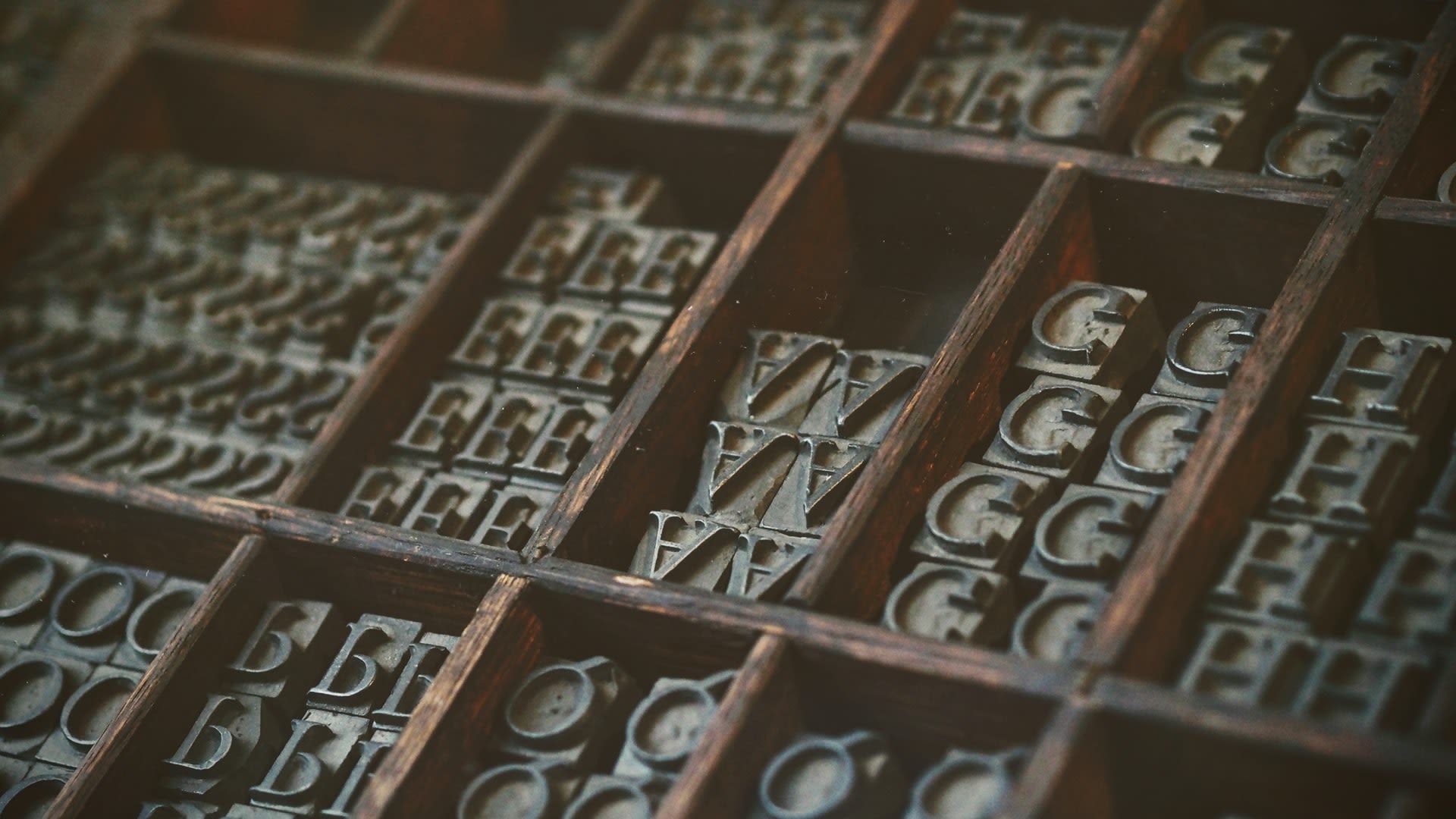A history of the book
Reece Goodall looks at how the current form of the book came to be and why we incorporated reading into our lives, with origins stretching back far further than the Greeks and Romans
By Reece Goodall

We all have different experiences, but one thing is a guaranteed constant – you’ll be doing some reading at some point. The book is essential, but have you ever stopped to ask where it comes from? How did the book take the form it did, and why did people incorporate leisure reading into their lives?
Here’s a plotted history of the book.

Human societies around the world always had stories, mostly told orally, but there are many examples of older civilisations recording their lives – think of cave paintings, for example.
The earliest examples of writing, etched into stone slabs or impressed onto pieces of bark, were made to record numbers and information. People were writing as early as the 3rd millennium BC, although accounts and documentation were the main concerns.
A big part of the book is paper for the pages, and ancient civilisations developed this. The ancient Egyptians weaved together stems of the papyrus plant, and flattened them by pounding them.
This created a page of sorts which, when glued together, became a scroll. It would be wrapped around a large piece of wood to be transported around and read. This technique was adopted by the Greeks and the Romans, and would be used until the 8th century AD.



Paper was invented in China in the 1st century AD. It was created using mulberries, hemp, bark and fish to form a big pulp, which would be pressed and dried to form paper sheets. Each one was roughly the size of a newspaper, and was printed upon with ink by using wooden printing blocks.
However, until the 16th century, Europeans mainly wrote on thin sheets of wood and stretched animal skin, known as parchment, until it was replaced by the cheaper paper.
By the end of antiquity, between the 2nd and 4th centuries, the scroll was replaced by a codex, or a collection of sheets bound in the centre. It was easy to rest on a table, and tables of contents and indices were created to allow quick access to information. This form was so effective, it remains the standard shape of a book to this day.
Monasteries were hugely important in conserving books – reading was an important activity, and so it was necessary to make copies of certain works by hand.
However, they are solely heroes of this story – they never recopied certain works that were deemed too dangerous, and they scraped off manuscripts when they needed blank media. Books had to be preserved and protected from thieves, so librarians would create chained libraries, eliminating unauthorised removal.



A major turning point for the book came in 1454. Johannes Gutenberg built his own printing press, the first one in the world, and it changed the whole field of books. Although the concept of movable type had been invented about 400 years earlier in China, as we’ve seen, incorporating it into the print press changed book history.
Suddenly, the ruling classes no longer controlled the production of texts, and copies of works could constantly be produced. The first book he printed, and the oldest surviving mechanically printed book, was the Gutenberg Bible.

Words at the time would be printed by metal type pieces, coated in ink and pressed onto a page. They were produced in foundries, from the French fondue, meaning ‘something that has been melted’ – contracting this is where we get the word font.
Obviously, your letters depended on the casts you use, so there was no single font – Gutenberg’s choice, what became Textura, was styled on the handwriting of the time. Eventually, Nicholas Jenson developed two types of roman font in order to standardise the printing press, including the now-customary Times New Roman.
Until this period, reading was essentially controlled by the religious and the elite. But, as the printing press meant books became more readily available, literacy started to rise among the lower-classes. Certain developments began to emerge throughout this period too.
For instance, typesetters in Italy realised that words could be printed at a slant and remain legible, thus fitting more on a single page – that’s why this style became known as italics.
There’s a similarly interesting story behind cases. The most commonly used letters were kept in a lower, more accessible case, by printers, while the capitals were in an upper case – this printer shorthand eventually caught on in common parlance.



Up to the mid-19th century, book covers were designed individually for a specific book. In 1832, the first mass-produced book covers appeared, intended as a marketing tool. They were attached to rewrites of gothic horror stories that became known as the Penny Dreadfuls, on account of their cost and concept.
Not many poor people could afford a penny a book, however, so groups of friends would gather together, sharing the cost and the story. As a result, they essentially formed the first book clubs. Certain snobberies prevailed at the time, as aspiring publishers began printing hardbacks for wealthier households. Hardbacks were considered the great works of fine literature, whereas paperbacks were thought to be less intelligent.
In 1927, two American brothers set up a publishing company which sent books out by mail order, and which eventually became Random House. They were followed in 1935 by Penguin, which printed branded books that appealed to everyone. Between these two companies, the publishing world as we know it began to blossom. By 2005, there were so many books, the number of ISBN was nearly run out in 10-digit form, leading to the introduction of 13-digit ISBN.



Despite certain new developments, such as typewriters and computers letting people print their own documents, and the turn to e-books, books will have a long future. There was talk of the ‘death of books’ whenever new technology emerged, be it the radio, the television or the Internet, and we still love to read.
As long as the feeling of holding a physical book in your hands and losing yourself in a story remains, the long story of the book will continue to be written.

images: unsplash, flickr
